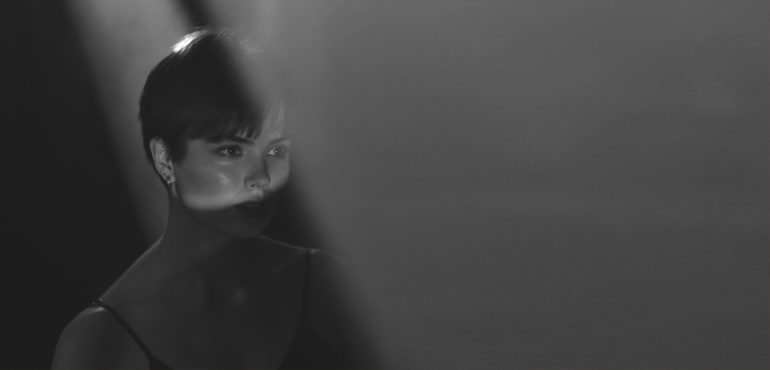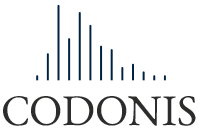
How is Craniofacial Therapy applied?
Craniofacial therapy can help with all oro-facial dysfunctions, whether the causes are congenital or acquired, due to a disease or an accident. Craniofacial therapy is never performed alone. It is always determined in collaboration between the patient, the therapist and, if necessary, the physician, pediatrician, otolaryngologist, maxillofacial surgeon, orthodontist, psychologist, speech therapist, physiotherapist, or others.
Craniofacial therapy perceives the individual as a whole and therefore cannot function alone.
Age-dependent therapy
Infants
Children
Adolescents
It is the age when the discovery and development of one’s own personality, the formation of social contacts come first. Craniofacial therapy is often a good complement to dental treatment to stabilize the posture and thus consolidate the work of the orthodontist to avoid relapses. The therapy takes place in collaboration with the orthodontist. The adolescent has to do his part of the work. Good results can only be achieved with his active participation in the treatment.
Adults
Craniofacial therapy also applies to adults. It provides help in case of accidents, disabilities or diseases. Anything that disturbs the harmony of the face is detrimental to trust and social contacts between people. The smallest pimple annoys us. How bad is it when it comes to scars, difficulties in expressing oneself, problems with food intake. Therapy accompanies surgical treatments or diseases, but it works only with the help of the person concerned. It is necessary to want to change and get well, to do the exercises explained by the therapist regularly in order to achieve a good result. The most difficult thing is certainly patience, because not everything changes in a few seconds. The therapist is a support and guides you through the healing process.
For example, in the case of bruxism, therapy complements psychological counseling or hypnosis, hippotherapy, Reiki, or any recognized therapy that helps relieve stress.
It is very important to discover the main cause of the disorders or pain. It cannot be excluded that the posture of the person is responsible for chronic pain for which no explanation could be found so far.
Poor ergonomics at the workplace can also lead to chronic pain, such as migraine or back pain.
